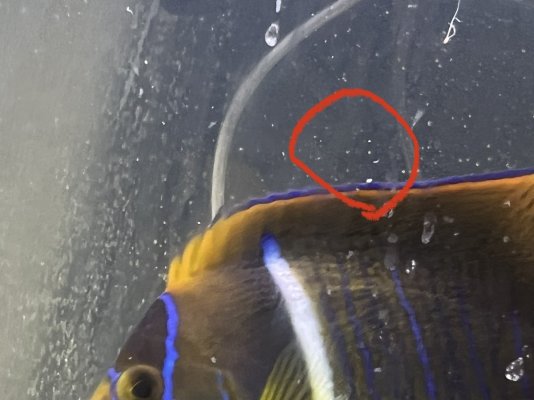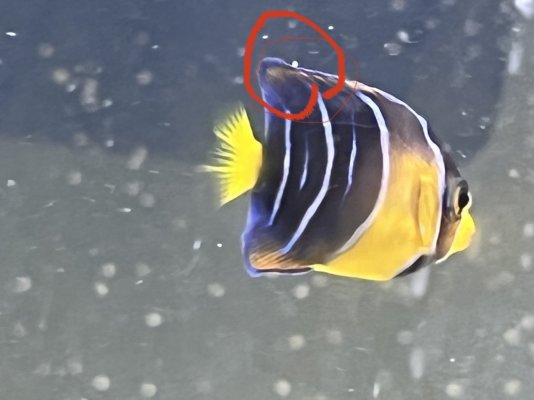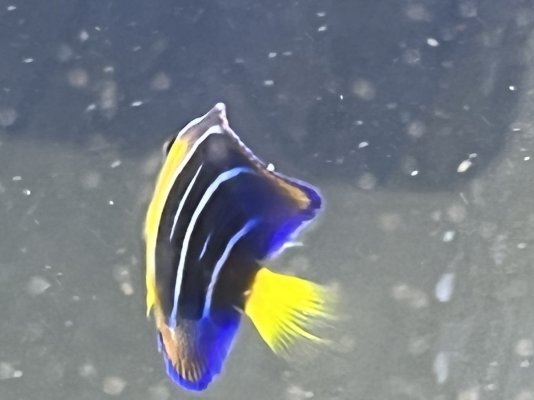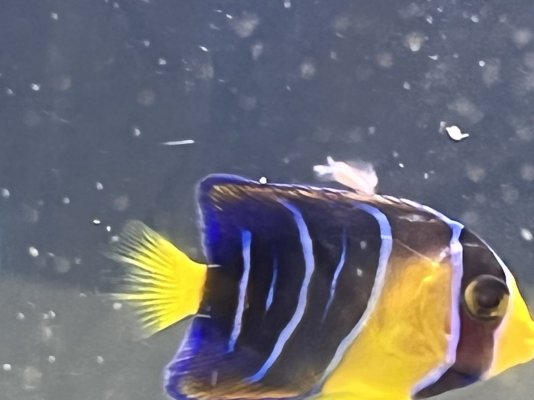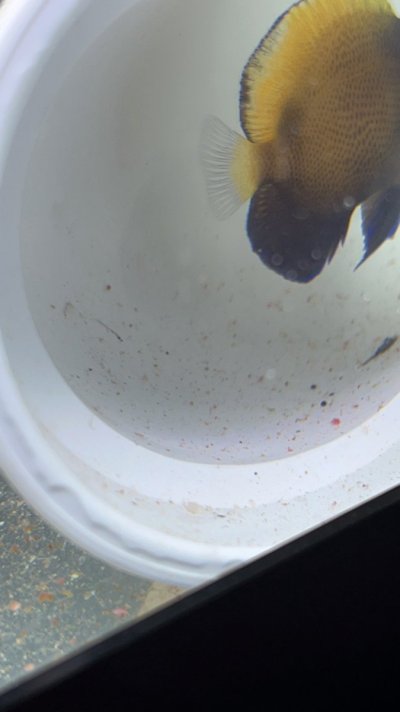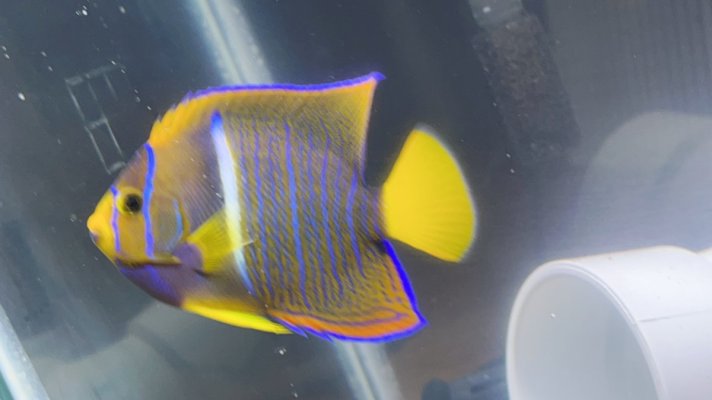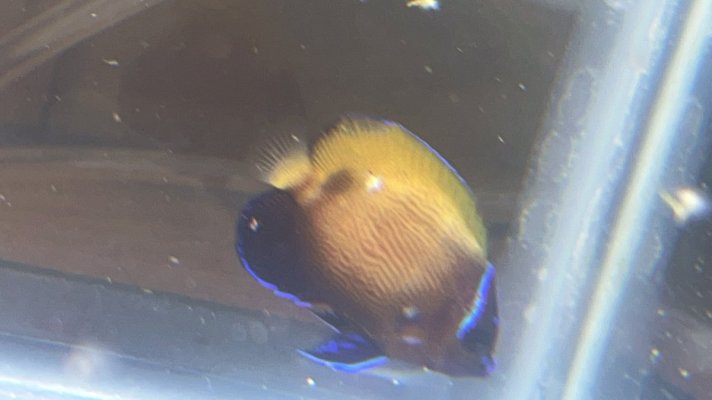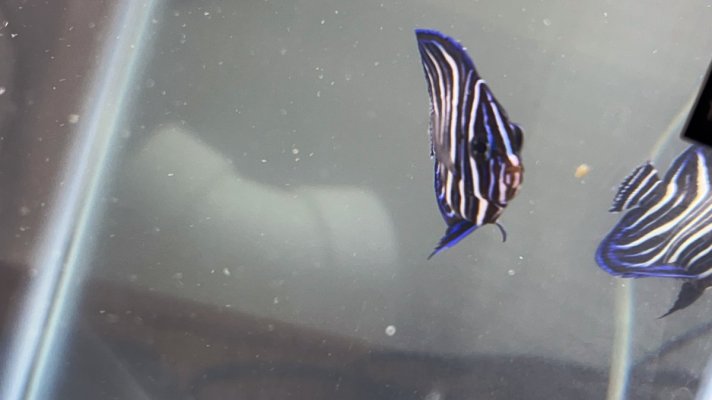I don’t like to medicate fish if it can be avoided. That being said I have metroplex and paraguard on hand for emergencies.
My question is, if you place fish in an observation system for 4-6 weeks with no signs of parasites or disease. Fish are eating, active, and appear full bodied, no white stringy poop etc, can you assume that you won’t be introducing a disease or parasite to your DT.
I am currently observing several fish. In multiple systems.
One set of angels (Atlantis blue, majestic, and passer’s) showed a couple of dots that I believed to be ich after a week or two in observation. I put them through the humblefish TTM Tank Transfer Method of switching to new tanks every 71 hours for two weeks. I lost the little blue on the next to last transfer (I believe I may have somehow ended up with very low salinity 1.015). Everyone was eating well and they all looked good to that point. The spots had disappeared also.
Two days after the final transfer the majestic developed s spot on his head near his eye, I don’t know if this is because I missed the last transfer? But anyway I started those two back through the TTM again. I guess I’m adding this to show that I do know what to look for.
so with all of that said, is observational quarantine sufficient to insure the safety of the DT, or is medicating necessary?
My question is, if you place fish in an observation system for 4-6 weeks with no signs of parasites or disease. Fish are eating, active, and appear full bodied, no white stringy poop etc, can you assume that you won’t be introducing a disease or parasite to your DT.
I am currently observing several fish. In multiple systems.
One set of angels (Atlantis blue, majestic, and passer’s) showed a couple of dots that I believed to be ich after a week or two in observation. I put them through the humblefish TTM Tank Transfer Method of switching to new tanks every 71 hours for two weeks. I lost the little blue on the next to last transfer (I believe I may have somehow ended up with very low salinity 1.015). Everyone was eating well and they all looked good to that point. The spots had disappeared also.
Two days after the final transfer the majestic developed s spot on his head near his eye, I don’t know if this is because I missed the last transfer? But anyway I started those two back through the TTM again. I guess I’m adding this to show that I do know what to look for.
so with all of that said, is observational quarantine sufficient to insure the safety of the DT, or is medicating necessary?






